
Mia Patterson Cox
A curious, passionate industrial designer with skills in leading design thinking workshops and a thorough approach to the design process. Specialising in UX design, with a year of industry experience and an optional UX module.

A curious, passionate industrial designer with skills in leading design thinking workshops and a thorough approach to the design process. Specialising in UX design, with a year of industry experience and an optional UX module.
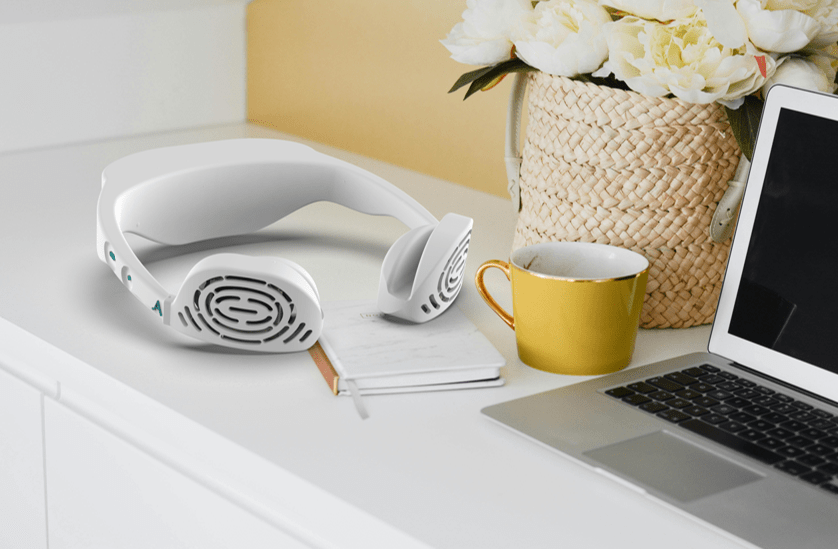

The London Underground each day makes 5 million journeys, with 1 million people commuting into London each morning. Unknown to them, what they’re being exposed to contributed to 3500 premature deaths in London annually.
The London Underground was the world’s first underground railway, opening in 1863 to reduce street congestion. There are 402km of track… but the track is the problem.
When the train wheels move over the tracks, it grinds on them producing tiny iron particles. These are suspended in the air by the piston effect each time a train goes past, allowing is to oxidise with the oxygen in the air, creating particles called maghemite. Maghemite particles are 5-500 nanometres in diameter, averaging at 10 nanometre, making them small enough to be breathed into the lungs and absorbed through the bloodstream.
The University of Cambridge reports that 50% of particles found in the London Underground are iron rich and inhaling these can lead to lung inflammation, pulmonary fibrosis, and lung cancer.
The air quality on platform is up to 40% worse than at ticket gates because of the resuspended iron oxide particles, and unfortunately this is where passengers spend time waiting in the line of fire for trains to arrive.
The market for air purifiers is expected to reach $14.1 billion USD by 2026, with a specific drive in public awareness and nanotechnology based systems, which is exactly where my product sits.

View the key product details from Aerate below.

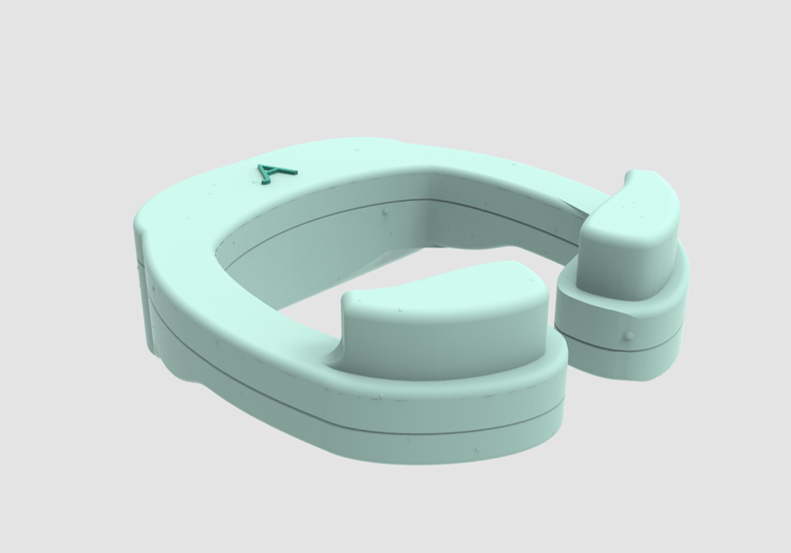
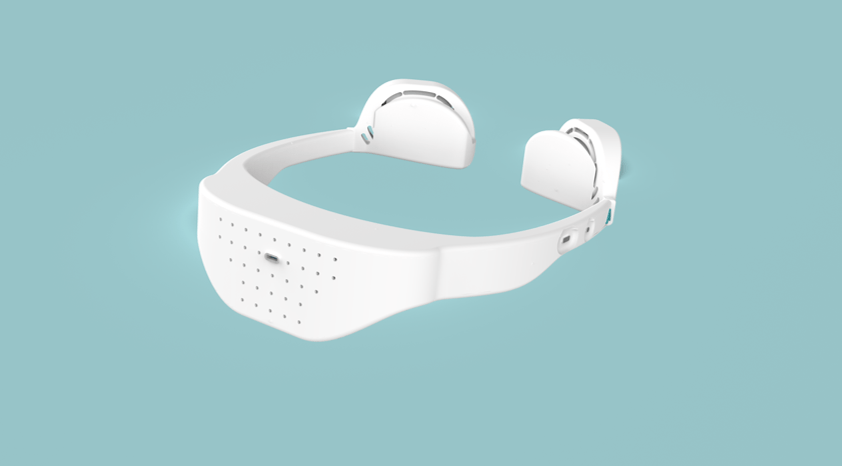
Vents at the back of the product to allow the air to reach the sensor.

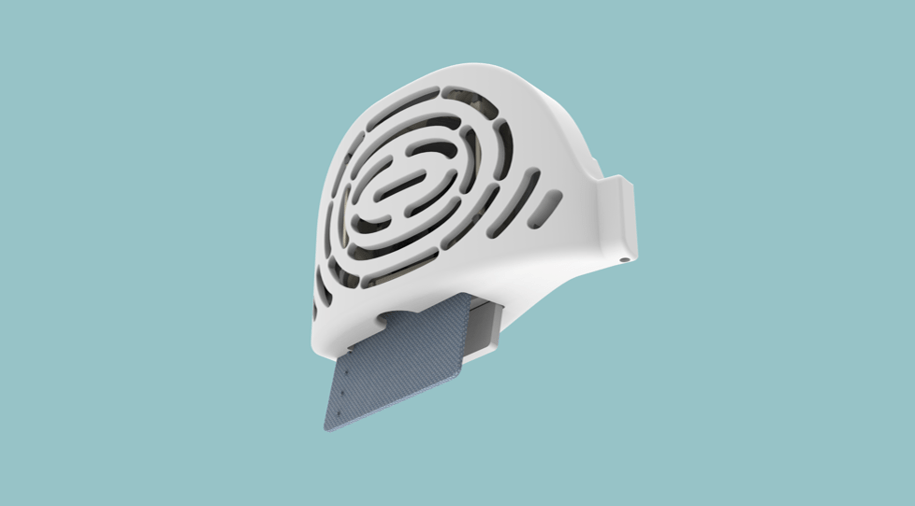
Frame is made from polypropylene and and over-moulded with silicon for a soft, comfortable touch on the skin.
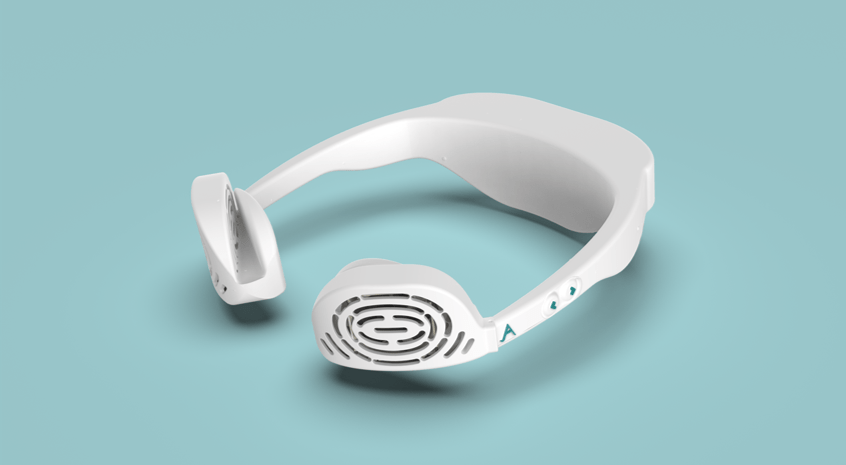

Aerate comes with a mobile phone app. This automatically pairs to the device when switched on and the user can view live data readings of particle concentration through the app.
Through the app, the user can view analytics of past journeys, plan future journeys, learn more about air quality, and there’s even a daily game where you can beat your friends on the leader board!
The app is also used for maintenance of the product- to check the filter life and battery level.
An online public data store is available for non-product owners to use. Here they can plan journeys in accordance with reducing their particle exposure, view live data readings for Tube Stations, and increase their understanding of air pollution. Through the education side, this aims to increase the public health of commuters in London.
The map feature works by anonymous locational data that comes from product owners (with their consent) being sent to the database which visually shows areas with the highest particle concentrations for PM2.5 and iron oxide particles.




Some of the moments that helped the project progress.

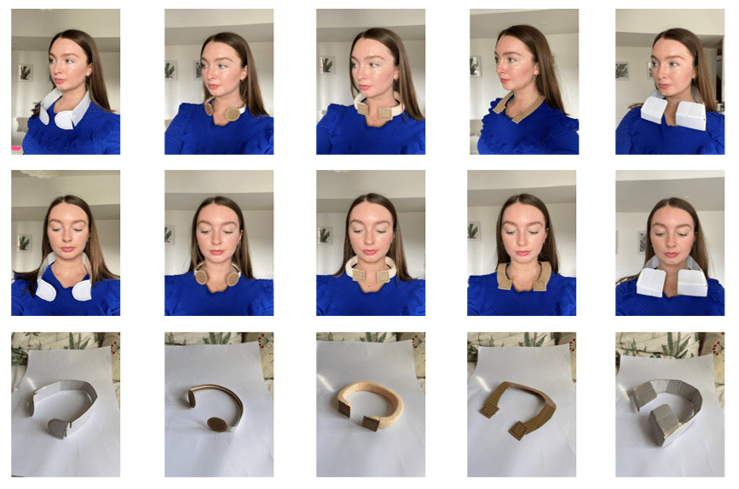

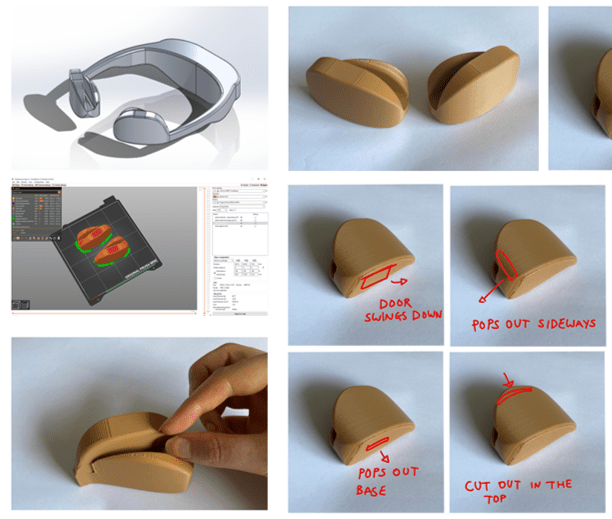
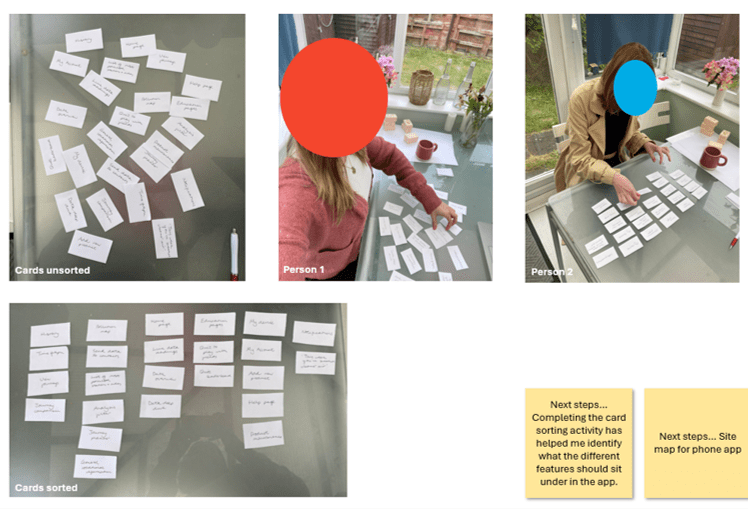

View some of my other work.
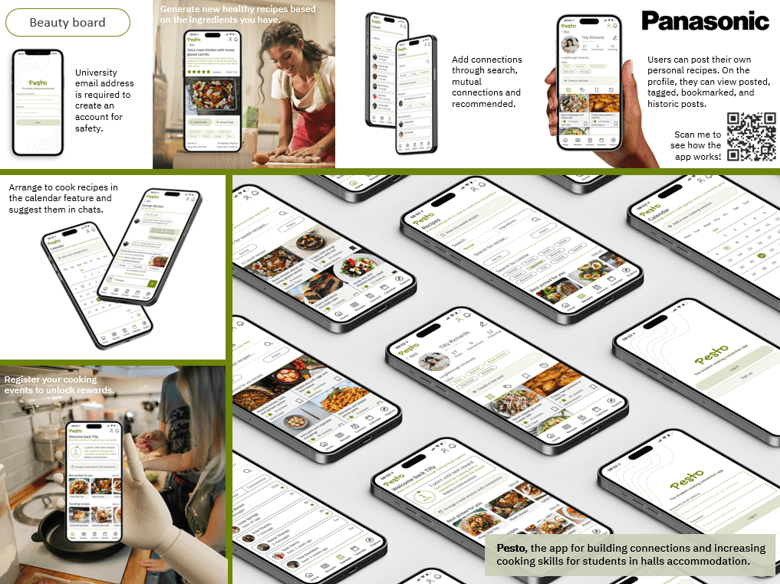

A straw that constantly monitors whether a drink has been spiked with Ketamine, rohypnol, Gamma-hydroxybutyrate (GHB) and gamma-butyrolactone (GBL) using a fourier-transform infrared spectroscopy (FTIS), to improve safety and confidence in bars and clubs.
In context render of the product in a glass. For an Internet of Things project.

Final mobile screens in UX module.
IBM / UX Design Consultant Intern
July 2022- September 2023
WINNER of the IBM Intern Courageous Award 2023 for my impact in the IBM community and projects.
Highly Commended Award for Starpack 2021. I used my skills of client research, sketching, marker rendering, and presentation layout for this national competition.